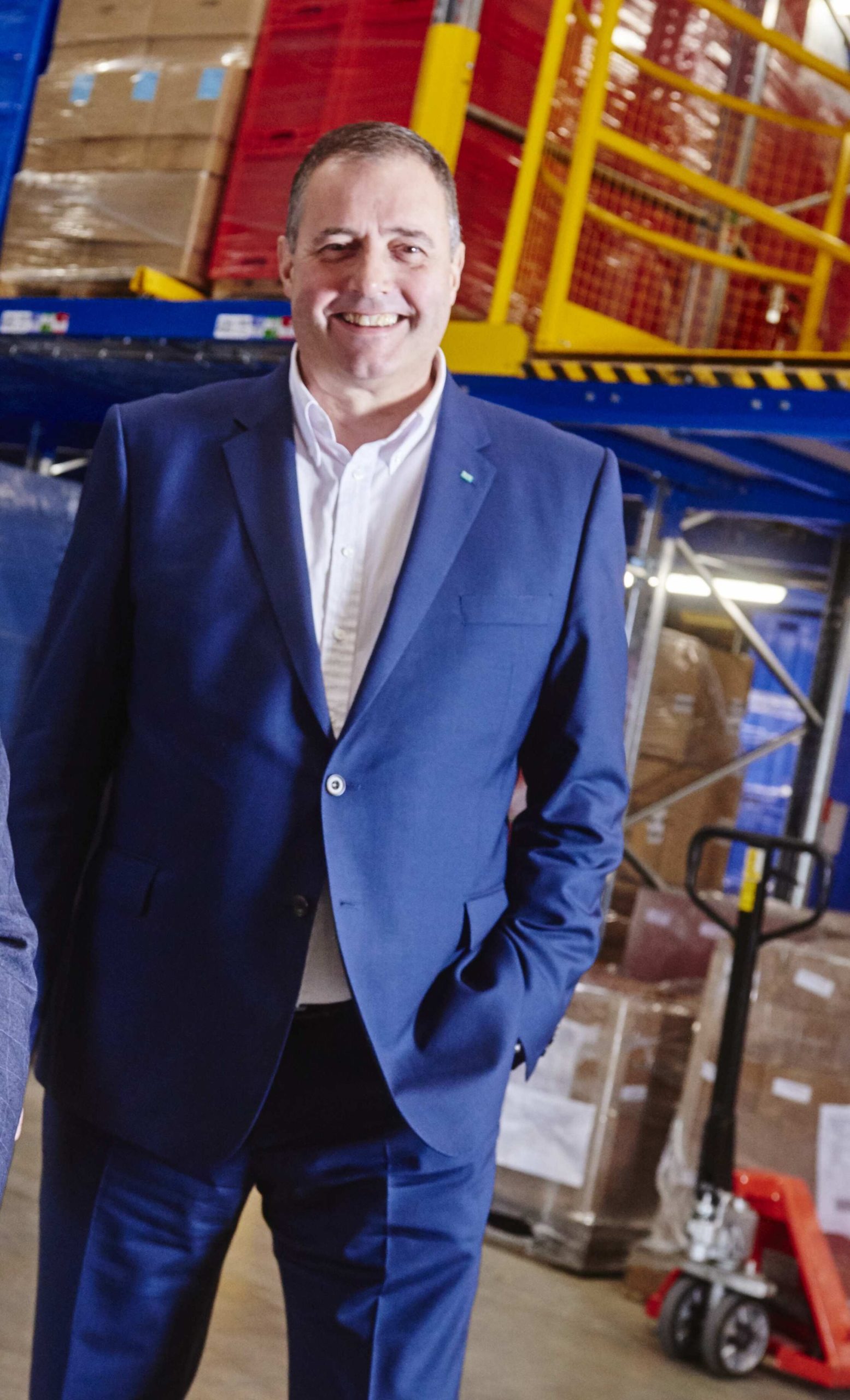2024 was a complicated year for the supply chain; from disruptions to shipping on the Red Sea through to rail strikes, port closures and announced changes to trade tariffs by the leading economic power internationally, the challenges to unhindered trade were many and diverse. So what’s in store for 2025? Simon Thompson (pictured), VP Northern Europe at JAGGAER, delves into a dozen major trends.
1. Cost Savings
Cost management and achieving savings remain a top concern for businesses worldwide. Investments in AI-driven analytics will enable businesses to identify cost-saving opportunities across the supply chain by identifying inefficiencies, optimizing supplier performance, and negotiating better contract terms — ultimately enhancing the bottom line without compromising quality.
2. Risk Management
2024 was a complex year for supply chains globally. It saw disruptions caused by Houthi attacks on vessels in the Red Sea, Canadian rail strikes and the closure of Ningbo Port in China due to a container explosion on the YM Mobility to name a few. Whether geopolitical, economic, or environmental, the vulnerabilities of the supply chain have been evident and savvy businesses have made moves to derisk their operations. Using technology and data to improve transparency and communications all along the chain, it is in fact possible to prevent bottlenecks and rapidly identify alternative routes or suppliers.
3. AI and data quality
It’s becoming a mantra that AI is only as good as the data it uses. As businesses leverage AI automation to make processes more efficient, sourcing error-free timely data from across the supply chain can be a thankless task for both suppliers, inputting information, and buyers, analysing it without automation. As effective AI increases the demand for large volumes of high-quality data with transparent and traceable data sources, it will become crucial to leverage automation to drive efficiency.
4. Blockchain Technology
Blockchain technology is expected to play a crucial role in making supply chains more transparent and traceable. With its decentralized ledger system, blockchain offers unparalleled data integrity, making it easier to track the provenance of goods and ensure compliance with ethical and environmental standards. Although this technology is still at an early stage, we can expect the debate to heat up around blockchain in 2025.
5. Cybersecurity
More use of technology, however, also means more exposure to cyber threats. As businesses place more and more of their data and systems on the cloud, it is becoming more and more complex to protect sensitive customer data as mandated by international regulations. Investing in systems and governance to protect the business across all its international operations is key.
6. Regulatory Compliance
Greater consumer awareness of sustainability and ethical issues along the supply chain, in addition to calls for greater user safety and quality, are driving increasing scrutiny from regulators. The EU Deforestation Act 2023/1115 and the US Uyghur Forced Labor Prevention Act (H.R. 6256) are just two examples of regulations concerning the supply chain. Organizations must stay ahead of the curve by setting up systems to proactively and simply assess their suppliers along the chain to ensure ethical sourcing, anti-corruption measures, and environmental responsibility.
7. Scope 3
As businesses strive to achieve their sustainability goals, Scope 3 emissions — those indirectly resulting from the supply chain — are increasingly coming under scrutiny as they typically account for the majority of carbon footprint. Improving communication channels with suppliers and gathering information regarding their eco-friendly practices, responsible sourcing of raw materials, and reduced energy consumption, is key to ensuring that Scope 3 emissions are curbed. Shifting the focus from cost cutting to creating partnerships for sustainability is key to creating greater transparency and flexibility as well as an environment that fosters sustainable innovation along the supply chain.
8. Supplier relationship management
More resilient supply chains depend on better collaboration between parties. Stronger partnerships are created through transparent communication channels that make transmitting key information on certifications, potential bottlenecks, low stock or by provisioning difficulties in real-time without overburdening the supplier with an enormous admin onus. Providing seamless and streamlined systems to expedite information sharing can create the ideal environment to develop new strategies such as new shipping routes, new raw or component product suppliers or even co-investment in new technologies and innovation to improve end products.
9. Nearshoring, Reshoring
As the new United States president steps into his role on 20th January, the world will be holding its breath to find out whether the tariff increases threatened on international trade will take effect. With Chinese products risking “an additional 10% tariff, above any additional tariffs”, Mexico and Canada an increase to 25% and EU businesses anything between 10% and 20%, it is likely US businesses will be increasingly sourcing from national providers. Closer to home alternatives, such as sourcing from Mexico would shorten the supply chain and enhance control over logistics, as well as reducing environmental impact by reducing the distance goods travel.
10. Sourcing from Emerging Markets
Finally, another strategy to respond to tariff will be sourcing from emerging markets. This strategy, useful to help diversify and thus risk-proof the supply chain, can also benefit sustainability provided regions with lower carbon footprints or renewable energy sources are selected.
Conclusion
The global supply chain has been put under significant pressure in 2024, and response has highlighted vulnerabilities as well as ideal pathways to resilience. Technologies and strategies taking the lead in 2025 will build on these as businesses continue to bolster their supply chain against volatility and disruptions, while strengthening areas of potential exposure with increased intelligence derived from greater transparency along the entire supply chain.
similar news
Tariffs and Trade Barriers as Top Concern of Supply Chain Leaders

















